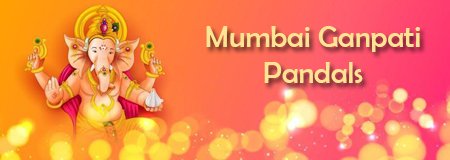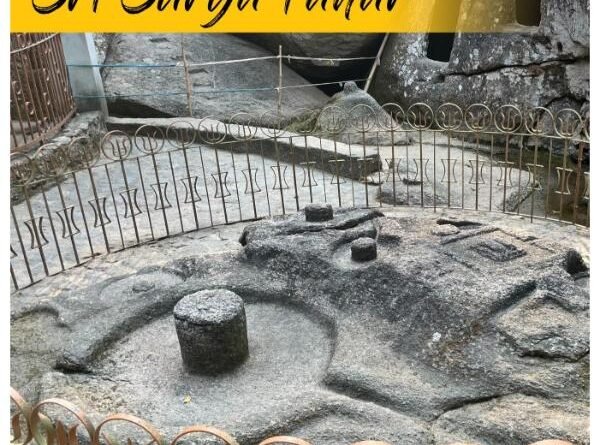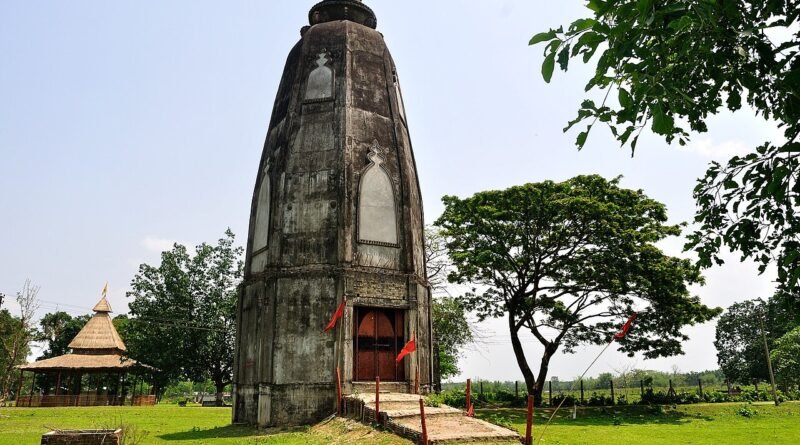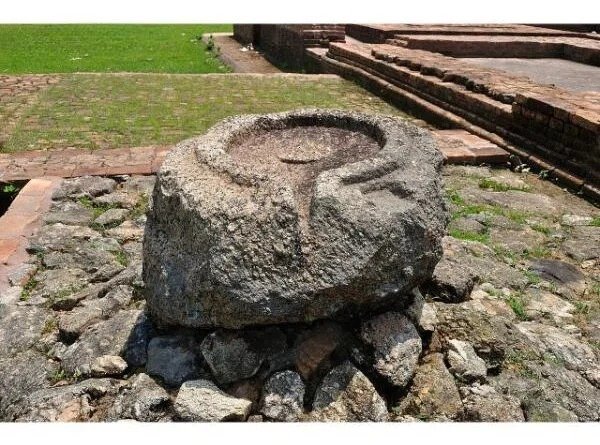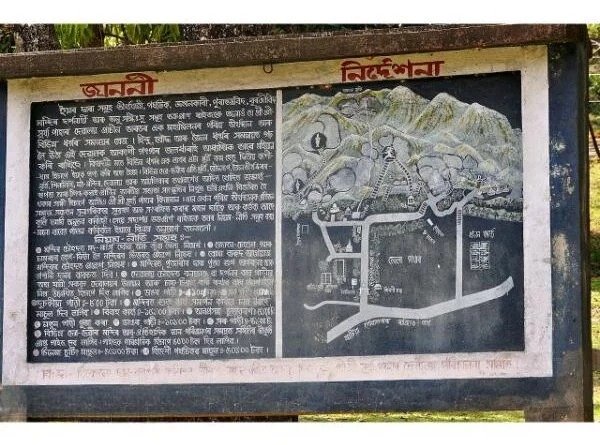Shri Shri Shiv Surju Pahad/Sri Surya Pahar Bhatiapara,Assam
Sri Surya Pahar is located about 12 km southeast of Goalpara, about 132 km northwest of Guwahati, is a significant but relatively unknown archaeological site in Assam, India.[1] Goalpara is the nearest city from the site. The site is a hilly terrain where several rock-cut Shivalingas, votive stupas and the deities of Hindu, Buddhist and Jain pantheon are scattered in an area of about one km. The site is centered on the hills (Pahar) of Sri Surya which is profusely filled up with Shiva Lingas (Lingam). People have found 99999 Shiva Lingas were engraved here by Vyasa in order to build up a second Kashi (where there were 1,00000 Shiva Lingas) and once it was one of the holiest pilgrimage sites in the region. There is no historical evidence exactly how many Lingams once dotted in these hills, but still there are hundreds of them, from tiny to large in size, scattered everywhere at the foot of the hill and covering the extensive area after centuries of neglect and pilferage. The exact figure of the Lingas (and also other deities and relics) in the hill is yet to be counted scientifically.
A few years ago, some archaeologists unearthed a few Shiva Lingas and a few houses at Sri Surya — findings which confirmed the long-held belief that a thriving civilization held sway around Sri Surya Pahar some centuries ago. The intricate and scientific designs of the houses with artfully designed bricks led some archaeologists even to believe that more unearthing the history of Sri Surya Pahar would change the understanding of the history of ancient Assam and India. Some scholars even referred to the accounts of famous Chinese traveler Huen Tsang to claim that it was Sri Surya Pahar and not Guwahati that was the ancient land of Pragjyotishpur or Pragjyotisha Kingdom, the capital of the Kingdom of Kumar Bhaskara Varman (600-650). The findings of the nearby archaeological site of Paglatek are cited to strengthen this claim. Since Sri Surya Pahar is very close to the bank of Brahmaputra river, it might have been an important trade centre or seat of administration in the past.
Another important significance of Sri Surya Pahar is that it was once a confluence of three religions as evident from the innumerable sculptures and other relics belonging to Hinduism, Buddhism and Jainism.
Being on a strategic location, Lapeti Phukan an Ahom officer of king Sutamla Jayadhvaj Singha stationed his army against the Mughal on this hill.
Remains of Hinduism
The name of ‘Sri Surya Pahar’ implies that the site was perhaps associated with the form of sun (Surya) worship. Literary accounts corroborate that among other Hindu deities worshipped in ancient Assam, ‘Surya’ (or the Sun God) occupied a prominent place in its cultural history. References are found in the Kalika-Purana (c.10th century) about two seats of sun worship in ancient Assam. One of the centres has been identified as Sri Surya Pahar which bears the iconographic significance of the form as well.
Some archaeologists believe that a carved stone slab, now housed in the Sri Surya Temple and worshipped as ‘Surya’, may be the detached part that formed the ceiling of the temple of Surya. The central figure in the circular carvings of the slab has been identified as Prajapati, which is carved inside an inner circle while the surrounding outer circle is in the form of twelve lotus petals. Each lotus petal has the seated figure of an Aditya. These twelve Adityas are described as twelve solar divinities namely Dhatri, Mitra, Aryaman, Rudra, Varuna, Surya, Bhaga, Vivasvan, Pushan, Savitri, Tvastri and Vishnu.
Besides the numerous stone carvings of Shiva Lingas and the ‘Prajapati’ slab, there are many rock carvings of the Hindu deities which can be seen at the foothills of Sri Surya Pahar and its adjacent areas. Notable among them are the sculptural panels of Shiva and Vishnu. The twelve-armed Vishnu with a seven-hooded canopy over its head stands prominent. It is worshipped as Dasabhuja Durga. Adorned with necklace, kundalas, armlets, garlands, etc., the deity stands erect on a lotus.
There are differences among scholars about the identification of the twelve-armed ‘Vishnu’ sculpture. According to Dr Birinchi Kumar Baruah and Dr Srinivas Murthi, the sculpture is of Ma (mother) Manasha while the Archaeological Survey of India has identified it as a male deity which was tempered with thick plaster into a female one subsequently. There is a series of rock carvings on either side of this prominent figure. The notable remains are the Ganesha, Hari Hara (or Harihara), Vishnupadas, etc. Most of these carved figures are assigned to circa 9th century AD. Similar to the Surya Chakra, there also exists a ‘Chandra Chakra’, but the natural vagaries have eroded it badly.







